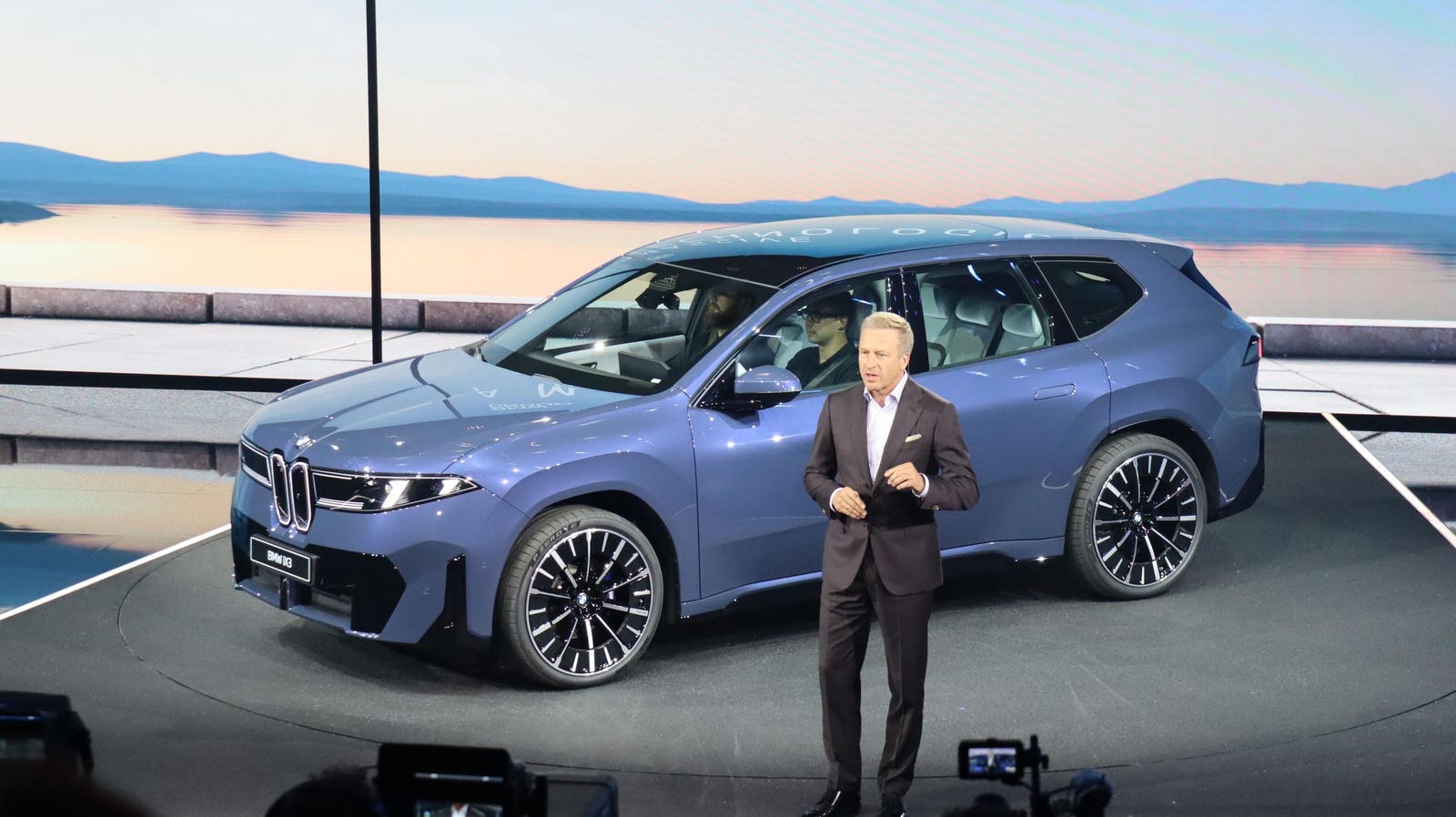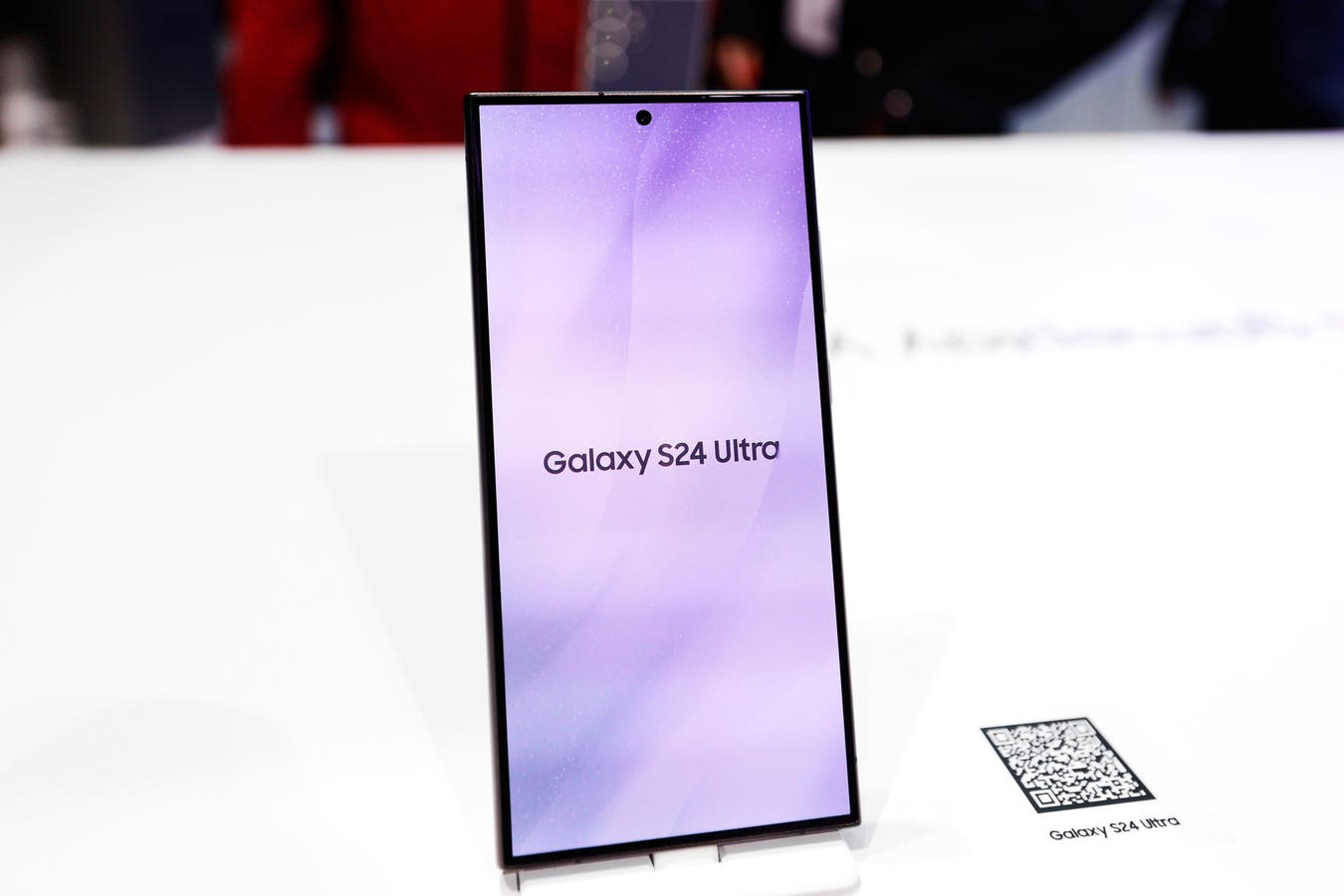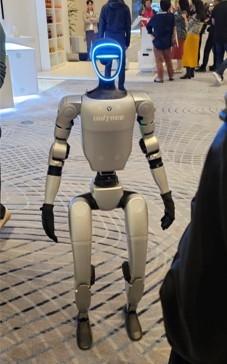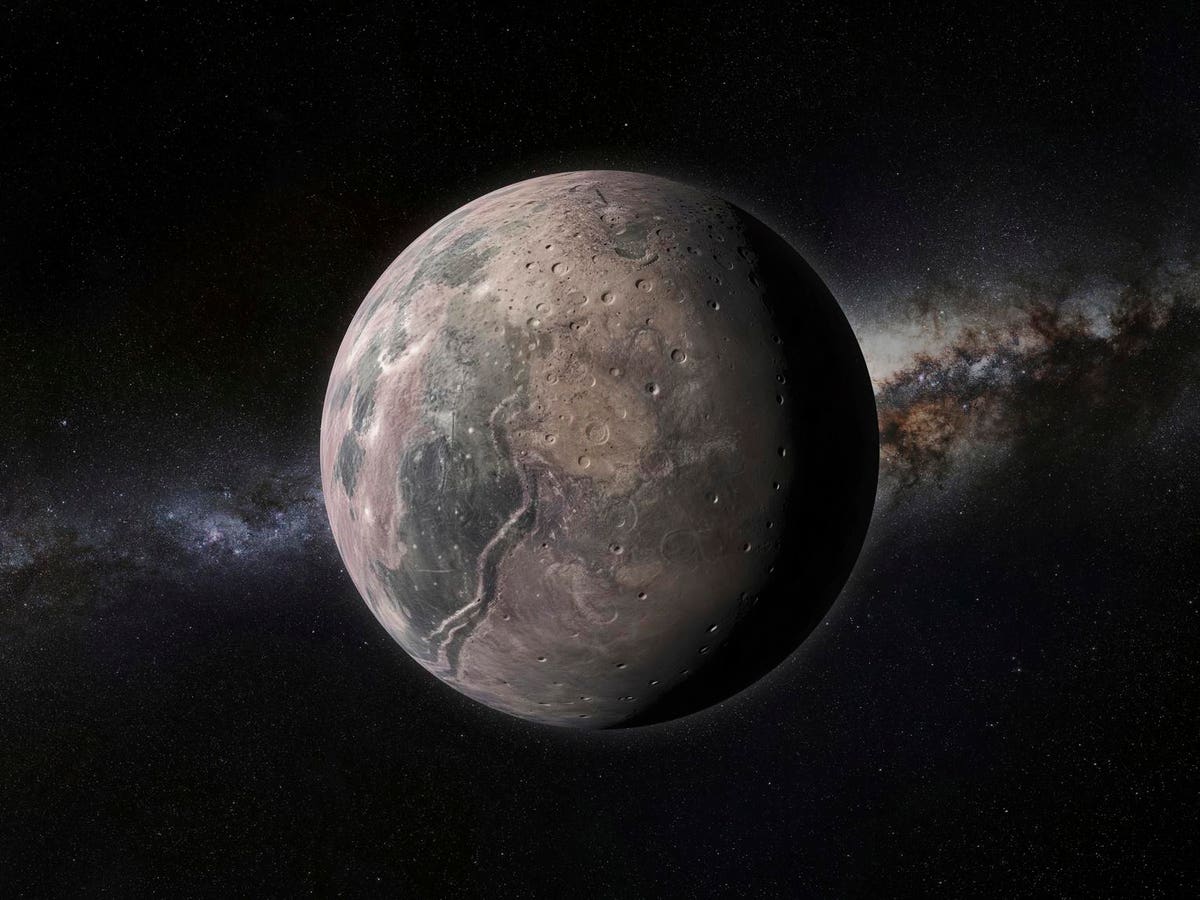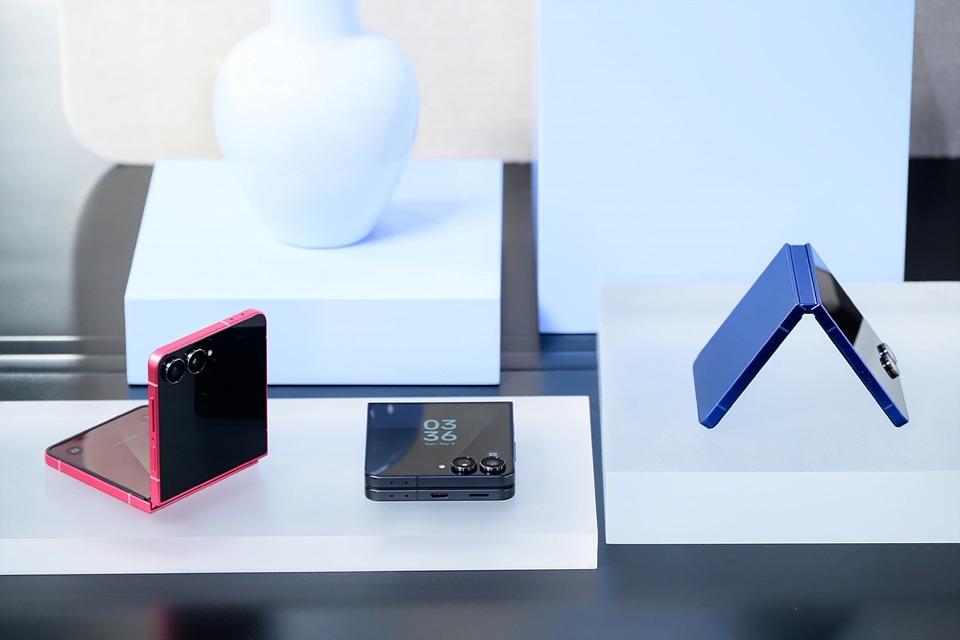BMW chairman Oliver Zipse presents the launch of the iX3 Neue Klasse in Munich
James Morris
BMW’s long-awaited Neue Klasse is finally here. The first member of the new era is unsurprisingly an SUV (or SAV as BMW calls its versions), and the latest car to be called a BMW iX3, launched ahead of the IAA Mobility 2025 show in Munich. In an increasingly challenging market, can this new electric lineage keep the German automaking giant competitive? I asked BMW Chairman Oliver Zipse and other key senior management figures.
What Is The BMW IX3 Neue Klasse?
BMW’s new platform should really have been called the Neue Neue Klasse, because the original Neue Klasse arrived in the 1960s, giving us iconic classics such as the 2002. At the time, BMW had been producing high luxury vehicles that were beautiful like the 503 and 507 but not selling in sufficient volumes, alongside lower cost motorcycles and motorcycle-based vehicles like the Isetta. The company needed something in between to survive, and the Neue Klasse was born, targeting a more profitable mid-range premium market.
That Neue Klasse saved BMW from impending financial doom. However, while the last few years haven’t been the most lucrative in the company’s history, the current situation isn’t existentially dire for BMW like it was in the 1960s. Nevertheless, the automotive industry is in a state of flux. Not only are cars electrifying, but they are also becoming computerized technology products (or “Software Defined Vehicles”). Then there is the increasing threat from China. The new Neue Klasse is intended to address all three, and the iX3 is its first fruit.
“This is not a company savior, and we’re not in crisis,” says Zipse. “But the intention is very similar. The original Neue Klasse was a new design language and new technology. It was the first time we produced a car between the very expensive upper segment and the lower segment. It redefined what BMW still is today. ‘The Joy of Driving’ was coined during that time. It was a new start in product strategy. That’s why we reused the term Neue Klasse again.”
The new Neue Klasse harks back to a previous gamechanging move from BMW in the 1960s
James Morris
The new iX3 is a significant step up in specification from the original iX3. The launch iX3 50 model combines a huge 108.7kWh (net) battery capable of 500 WLTP miles of range with a dual-motor system delivering 469hp. This enables a 0-62mph sprint of 4.9 seconds. The 800V system provides DC charging up to 400kW, close to the fastest currently available (the forthcoming update of the XPENG G6 manages 451kW). There are also Vehicle-to-Load, Vehicle-to-Home and Vehicle-to-Grid bidirectional charging abilities. This is combined with convenient plug-and-charge capabilities where you can add up to 10 accounts and a charging port that opens automatically when it senses you are about to plug in the cable.
BMW used to employ prismatic batteries, but the switch to cylindrical has given it 20% more volumetric energy density, 30% faster charging and 30% more range than the previous generation. “Drive further, charge faster, this is the short summary,” says Florian Preuß, Senior Vice President, High-Voltage Battery and Charging. “The Gen6 BMW cylindrical cell has a much higher energy density.” This is a 4695 cell, which is the same diameter as Tesla’s 4680 but a little longer, giving it greater energy capacity.
“Efficient dynamics is also a core competence of BMW,” adds Preuß. “We don’t want to keep making the battery bigger. Then we go from cell to pack to open body, which is very efficient. Having no modules between cell and pack consumes less space and improves energy density. The lid of the battery pack is the bottom of the car, which saves height and weight. We can also do sporty cars with a low center of gravity and still have lots of room inside.”
BMW IX3: Still All About Driving
However, while these are all competitive features, there’s much more to the iX3 than performance numbers. “It’s not only about the electric drivetrain,” says Zipse. “It’s about a new design language for BMW. We have a new user interface. There is no classical cockpit in our cars anymore. Implementing ever bigger screens is not the right strategy, because people want to drive a car and not stare at screens.”
Alongside the new drivetrain is a completely rethought cockpit.
BMW
Instead, BMW is introducing its “Panoramic iDrive” with the new iX3. This combines a head-up-display (HUD) with a customizable row of widgets at the bottom of the windscreen – alongside a large but not excessive central infotainment display. “The panoramic vision came out of an old idea from BMW, says Oliver Heilmer, Head of Design, BMW compact class, BMW Neue Klasse and BMW M. “Our BMW Vision Next 100 was about hands on the wheel, eyes on the road. In that car, we had a clean dashboard. We just had the windscreen, and that’s it. With the Neue Klasse, we also wanted to have a clean dashboard, but there’s way more information.” BMW has been a pioneer of the HUD, first offering one in 2003. “It supports how BMW stands for sheer driving pleasure, so you are less distracted from the road.”
The visual design of the new BMW iX3 harks back to the original Neue Klasse at the front, with a more subdued grille than recent models. However, kidney confusion will continue, as this still won’t be a standard size and shape. “For 100 years our kidneys have regularly changed their form,” explains Heilmer. “The reasons why the size increased were functional. With the Neue Klasse, we wanted to look back to where we started. It was our emotional blueprint for future BMWs. It gave us the opportunity to make it small, narrower, but keep it high. This is exclusively for our SAVs. The sedan is going to solve it differently. It always depends on the proportion of the front end. With a car that is lower like a sedan, a horizontal orientation might make more sense.” This design direction will continue into future BMWs with non-BEV drivetrains as well.
Lower CO2 Footprint With BMW IX3
BMW has long focused on the importance of total vehicle lifecycle and supply chain for sustainability, not just the zero emissions of a battery-electric drivetrain. This was theorized via the iVision Circular concept, but is being realized with the new BMW iX3. BMW tracks CO2 through all of the vehicle’s supply chain through the Catena X platform it has developed with other manufacturers. This is extremely important when BEVs have a higher CO2 contribution at the manufacturing stage than internal combustion engine (ICE) vehicles.
“The battery has a very high impact on the CO2 footprint,” says Nils Hesse, VP Product Sustainability, BMW. “Almost 50% of the CO2 is in the battery. The next is metals. At the end we have thermoplastics. The battery is very energy intensive to produce, so we try to use it as much renewable energy as possible. We also use a lot of secondary raw materials for nickel, lithium and cobalt. We use 50% secondary raw materials. All this has enabled us to lower the battery’s CO2 footprint by 42% for the new iX3 compared to its predecessor.”
Around a third of the weight of the BMW iX3 comes from secondary materials
BMW
BMW also uses lots of recycled materials elsewhere in the car, such as seat material made of 100% recycled PET bottles and plastics from discarded fishing nets and ropes. There’s also considerable thought given to the end of the vehicle’s life. “The textile, the fleece and the glue of the seat are all the same material,” says Hesse. “At the end of the vehicle’s life, you can just take it off, shred it, and use it as a base material for the next production. The center console is optimized for disassembling and dismantling. Overall, we use more than 700 kilograms of secondary raw material – one third of the car. Aluminum has a very high reduction potential. We use secondary material in the rims and the wheel carriers, parts of which have high design requirements. We have 70 to 80% secondary raw material here.”
All this has meant the BMW iX3 overtakes a similar non-BEV car for total emissions very quickly during its lifecycle. “The break-even point is really important,” says Hesse. “With the iX3 50 we were able to be reach the same level of total CO2 footprint as ICE in just one year. Without taking these measures, it would have been around three years and 60,000km of usage. We were able to reduce this to around 20,000km depending on which kind of energy you use. With renewable, it’s only 17,500km, and 21,500km with the European Union energy mix.” This is with the iX3 50’s large 108.7kWh battery, the biggest in the range. “For the smaller derivatives we release, this value will even get lower.”
Can The BMW IX3 Succeed In China Too?
These are all great outcomes for the European market, when competing with other European vehicles. But the other elephant in the room is China. Not only are Chinse vehicles posing a significant challenge in the European market itself, but their increasing quality has been making sales in China problematic for non-local automakers. BMW’s volume in China dropped by around a third in 2024.
However, Zipse sees the Neue Klasse as a strong step towards renewed fortunes, starting with the iX3. “We’re still selling more than 600,000 cars in China,” he says. “China is a challenge, but we are not running the risk of leaving the market. The iX3 will be launched in long version. The iX3L will arrive next year in China, with Chinese software. It will be very Chinese product for the Chinese market. We are positive that there is a future for BMW, even in a very tough Chinese market, especially with that car.”
The BMW iX3 will quickly be followed by an i3 Neue Klasse and then 40 new or redesigned vehicles by 2027
James Morris
Zipse cites the reduced production costs of Neue Klasse as proof of BMW’s continued potential in China. “We developed a completely new electric drivetrain to bring down cost,” he says. “The batteries have a cost reduction of almost 50% and at the same time they are more performant. Almost all the software that the customer sees is China for China – Alibaba, DeepSeek artificial intelligence with dozens of applications in the car. It’s almost a Chinese car, with a local, autonomous driving stack.”
“BMW is a growing company, despite some contraction in China,” Zipse continues. “It’s compensated elsewhere. We have grown in Europe by over 70%, United States, 4%, and the rest of world, 3%. We compensate what we lose.” However, the BMW chairman claims that the Neue Klasse will give it a major boost, as it is the only platform that can be both global and adapted to local needs. “In China, it’s a very Chinese car,” he says. “In Europe, it’s a very European car. And in the United States, it will be a very American car, because regions are drifting apart in their regulation. When you start making complete platforms only in one market, that’s the most inefficient thing you can do. Being a global company is an advantage, and you should not give that up very quickly.”
With the BMW iX3 not arriving on sale until 2026, we will have to wait awhile to find out whether Zipse’s claims bear fruit. But the car and the platform it inaugurates certainly tick a lot of boxes. There’s an i3 sedan version following hot on its heels, teased in Munich, and 40 new and updated models due by 2027. The new Neue Klasse is a big move by BMW. But it has big competition to face as well.

